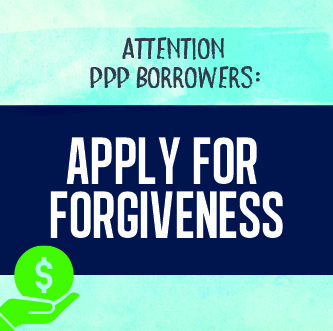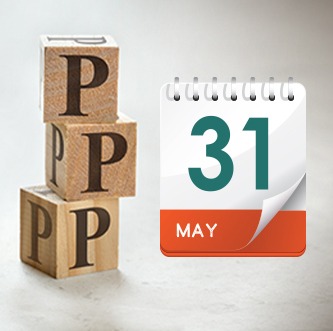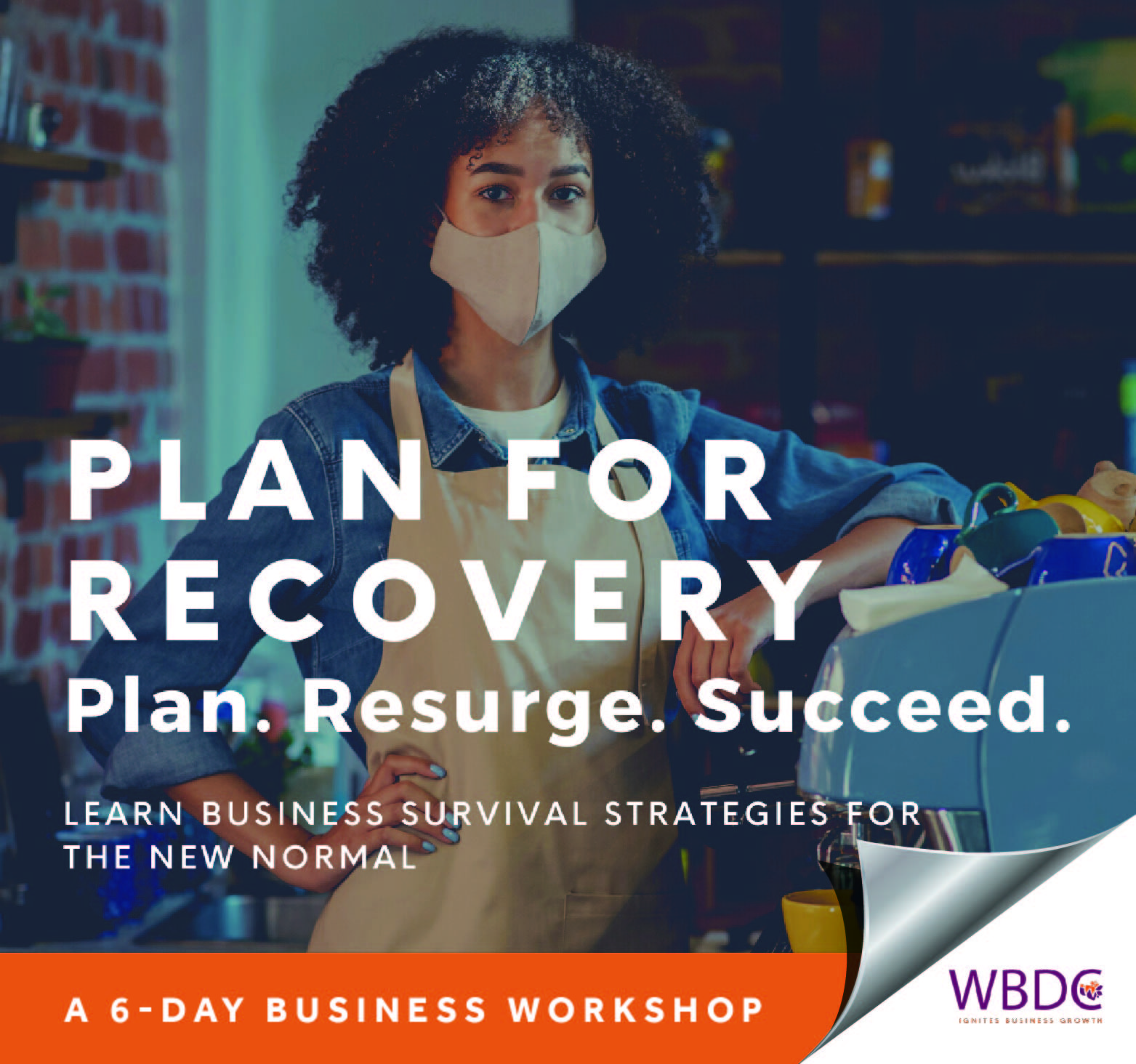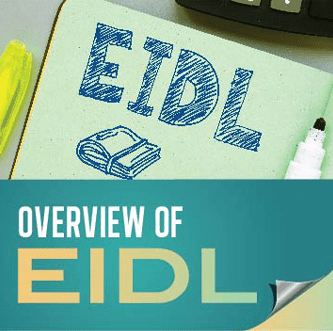Major enhancements to the COVID Economic Injury Disaster Loan (EIDL) program have been announced!
EIDLE is a federal disaster relief loan designed to better serve and support our small business communities still reeling from the pandemic, especially hard-hit sectors such as restaurants, gyms, and hotels.
Program Updates
- Increasing the Lending Cap: The SBA will lift the COVID EIDL cap from $500,000 to $2 million. Loan funds can be used for any normal operating expenses and working capital, including payroll, purchasing equipment, and paying debt.
- Implementation of a Deferred Payment Period: The SBA will ensure small business owners will not have to begin COVID EIDL repayment until two years after loan origination so that they can get through the pandemic without having to worry about making ends meet.
- Establishment of a 30-Day Exclusivity Window: The SBA will implement a 30-day exclusivity window of approving and disbursing funds for loans of $500,000 or less. Approval and disbursement of loans over $500,000 will begin after the 30-day period.
- Expansion of Eligible Use of Funds: COVID EIDL funds will now be eligible to prepay commercial debt and make payments on federal business debt.
- Simplification of affiliation requirements: The SBA has established more simplified affiliation requirements to model those of the Restaurant Revitalization Fund.
About the COVID EIDL Program
In response to COVID-19, small business owners, including agricultural businesses, and nonprofit organizations in all U.S. states, Washington, D.C., and territories can apply for the COVID-19 Economic Injury Disaster Loan (EIDL). The purpose of EIDL is for small businesses to meet financial obligations and operating expenses that could have been met had the disaster not occurred.
How to apply
Eligible small businesses, nonprofits, and agricultural businesses in all U.S. states and territories can apply. Visit www.sba.gov/eidl to learn more about eligibility and application requirements. The last day that applications may be received is December 31, 2021. All applicants should file their applications as soon as possible.
If you need assistance applying call us at 872.304.2785.










